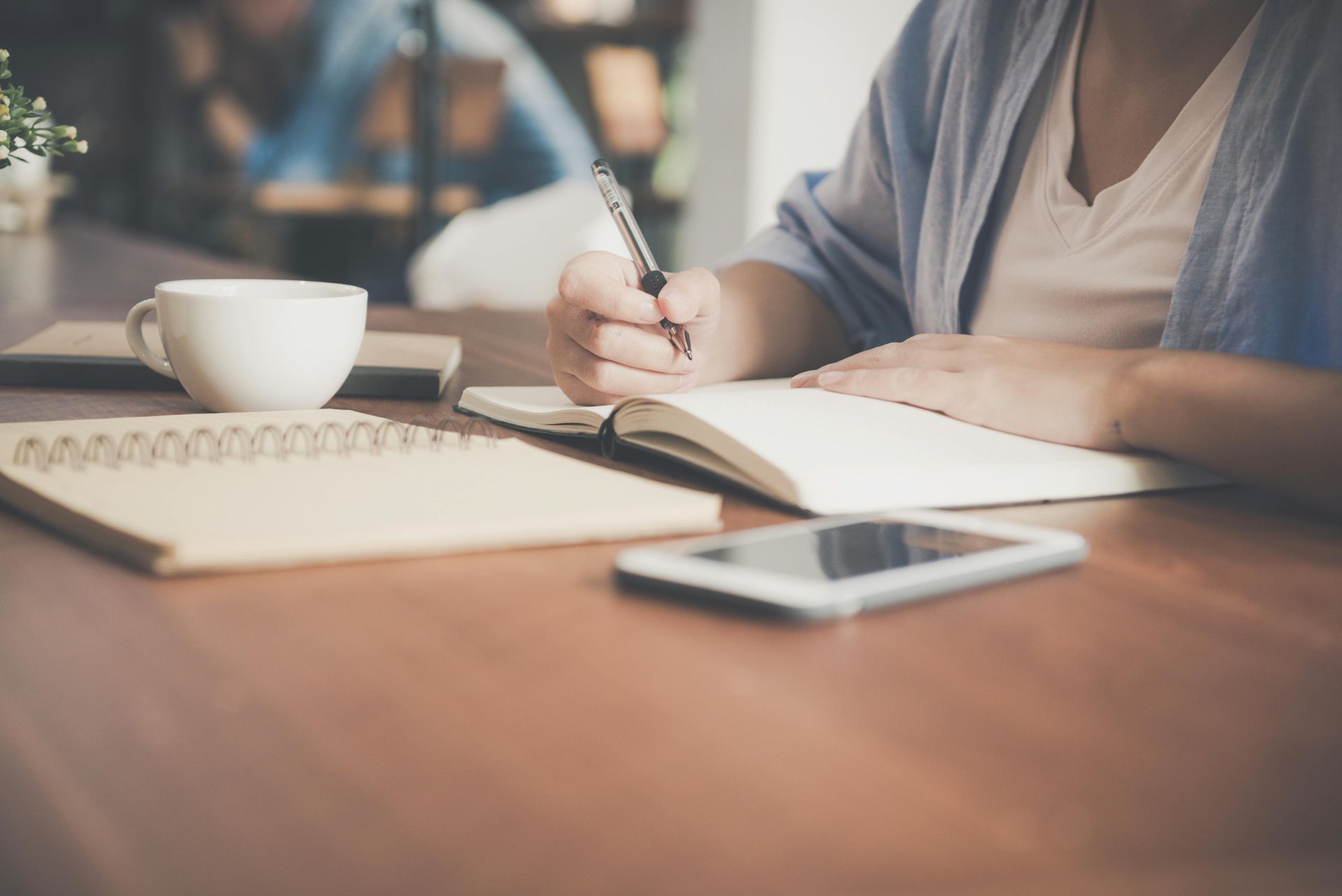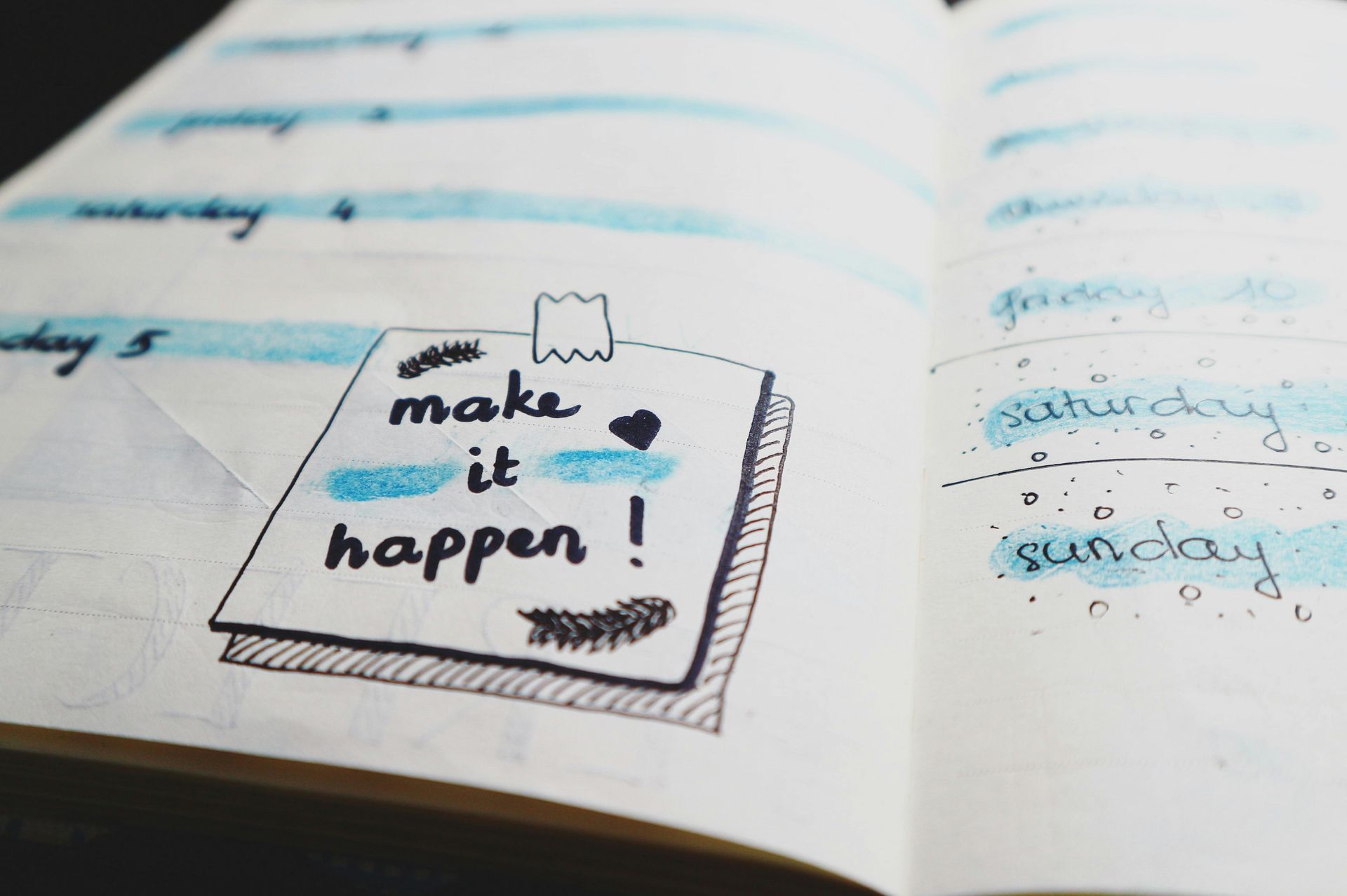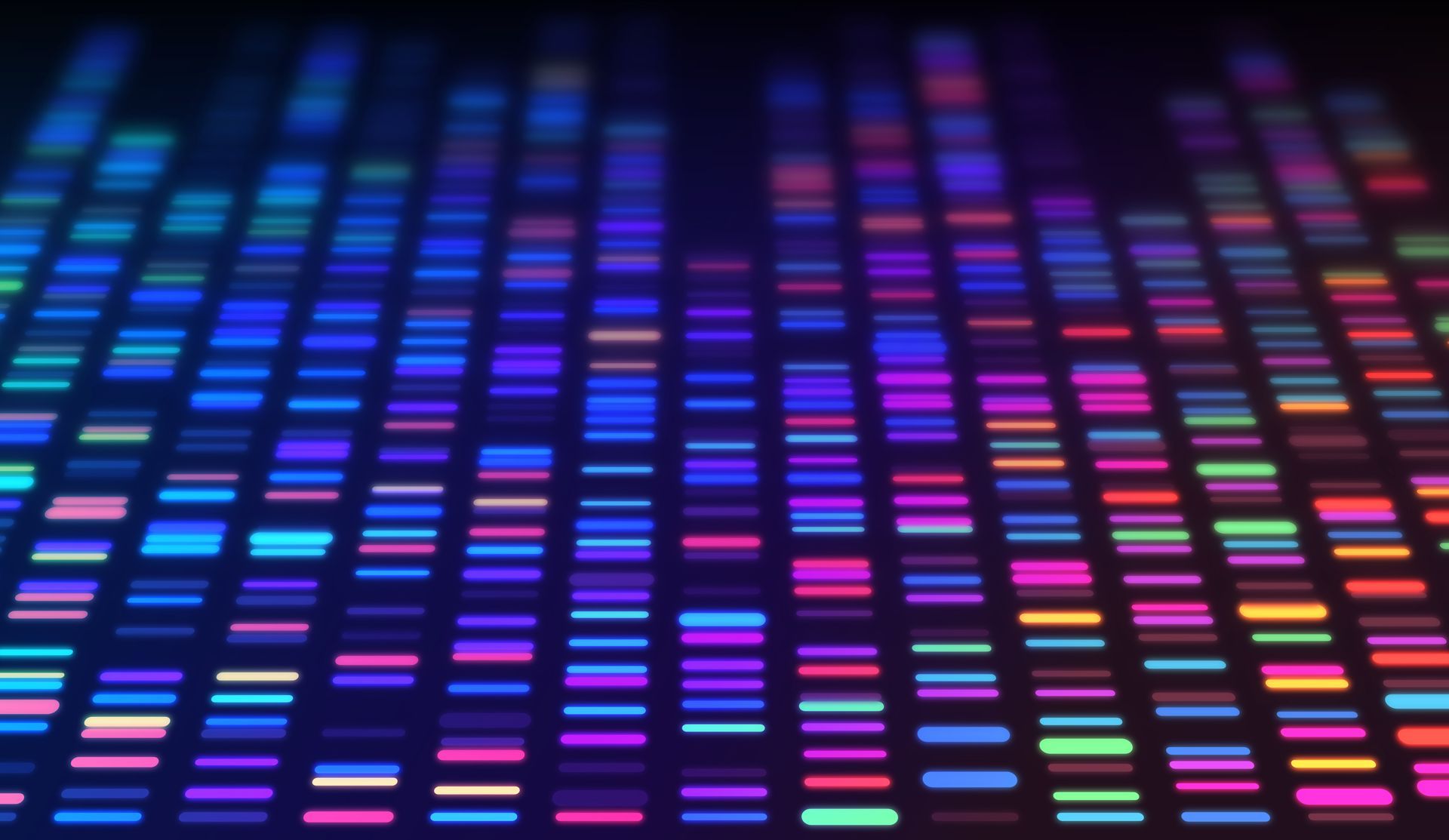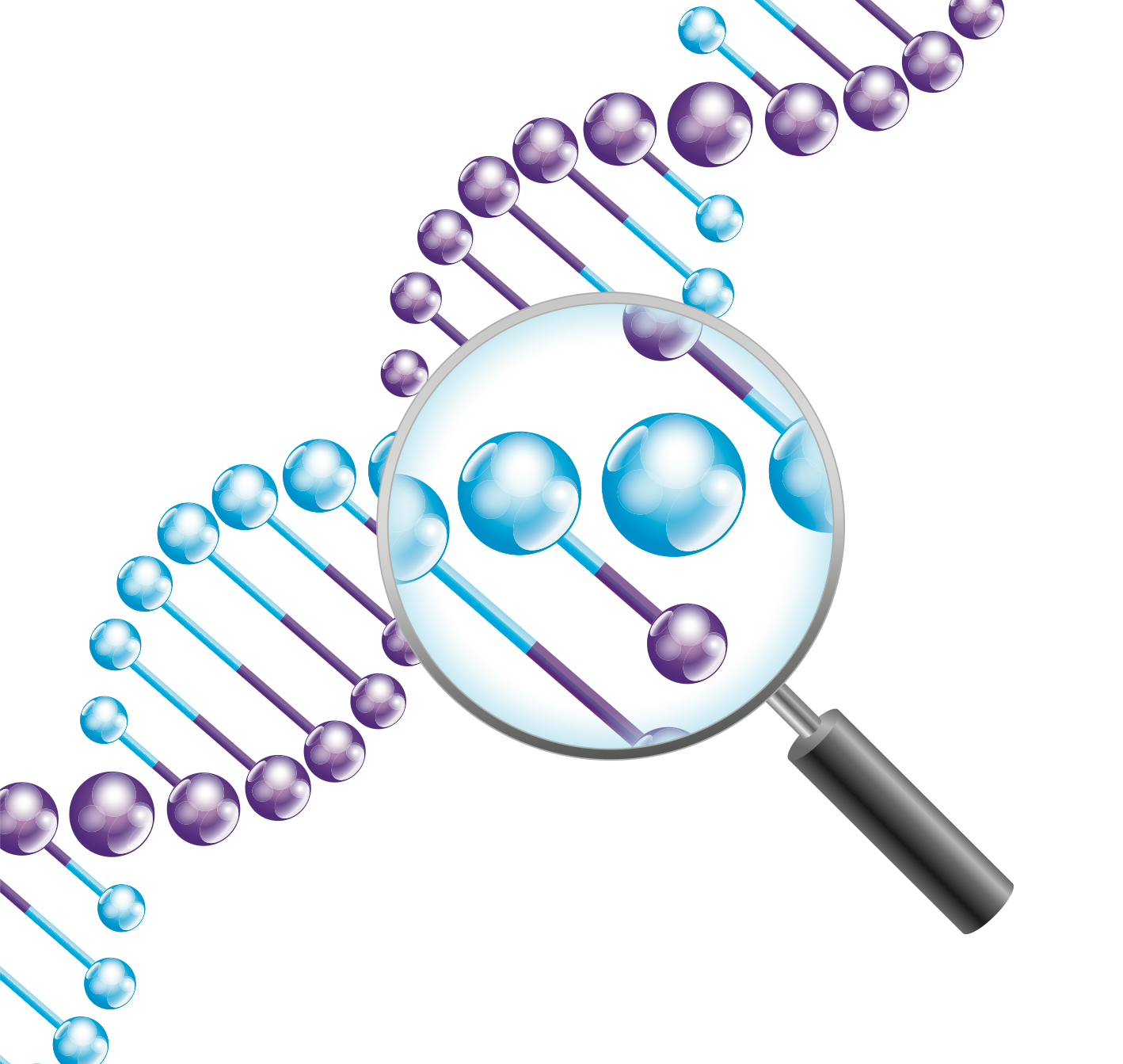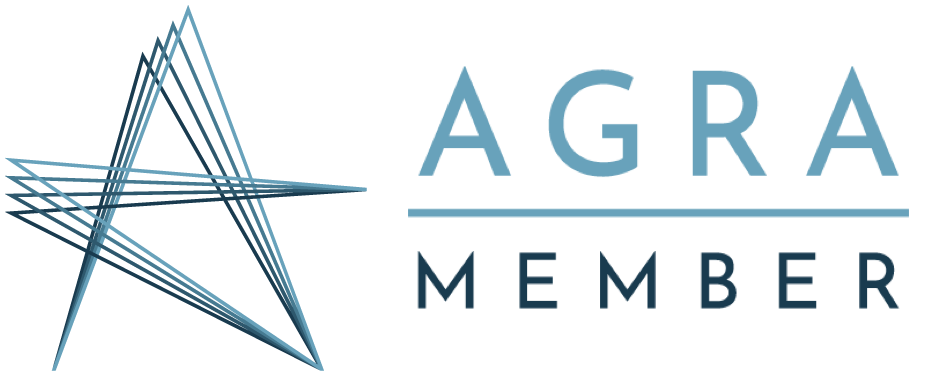Bringing Ancestors to Life: Photo Colourisation
Many of you will be looking forward to The Genealogy Show at the weekend in Birmingham. In recent weeks The Show ran a competition, giving the opportunity to win a colourised photograph of your ancestors. There were three categories: portrait, couple and group. Colourising photos is not something I’ve ever considered before. I suppose I have always been too much of a purist: “how do you know that those are the actual colours that were there?” However, Peter Jackson’s amazing Second World War film showed just how much colourisation can bring people to life.
I therefore decided to give it a go: This is the photograph of my grandparents, George Jenkins and Winifred Hopkins, that I submitted:
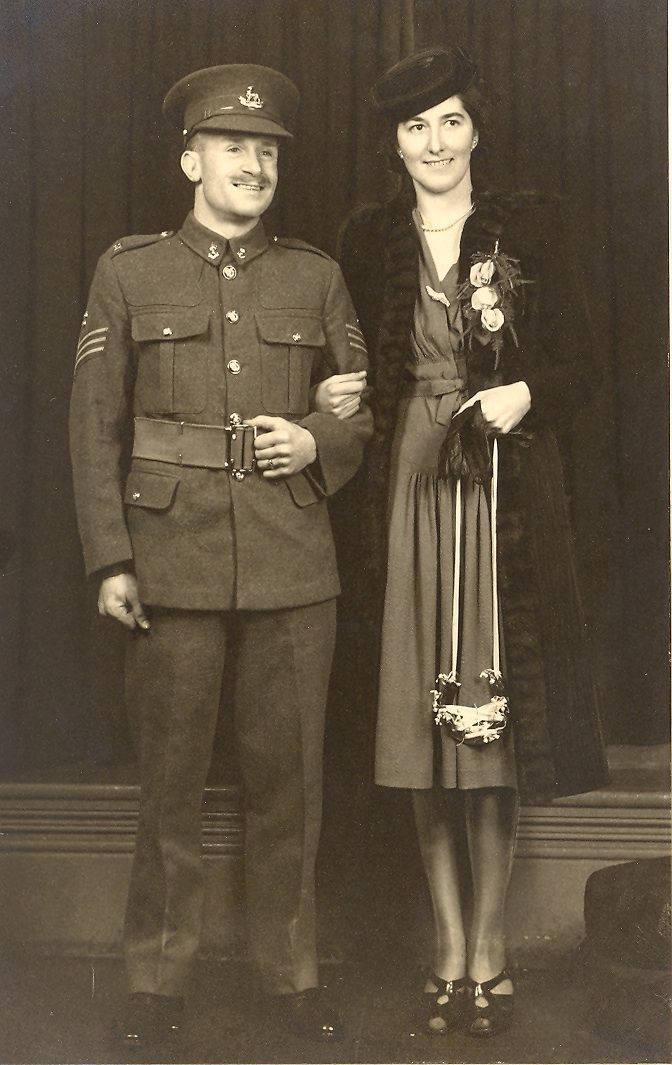
I was absolutely delighted when I won (I never win ANYTHING!). Here is the result:
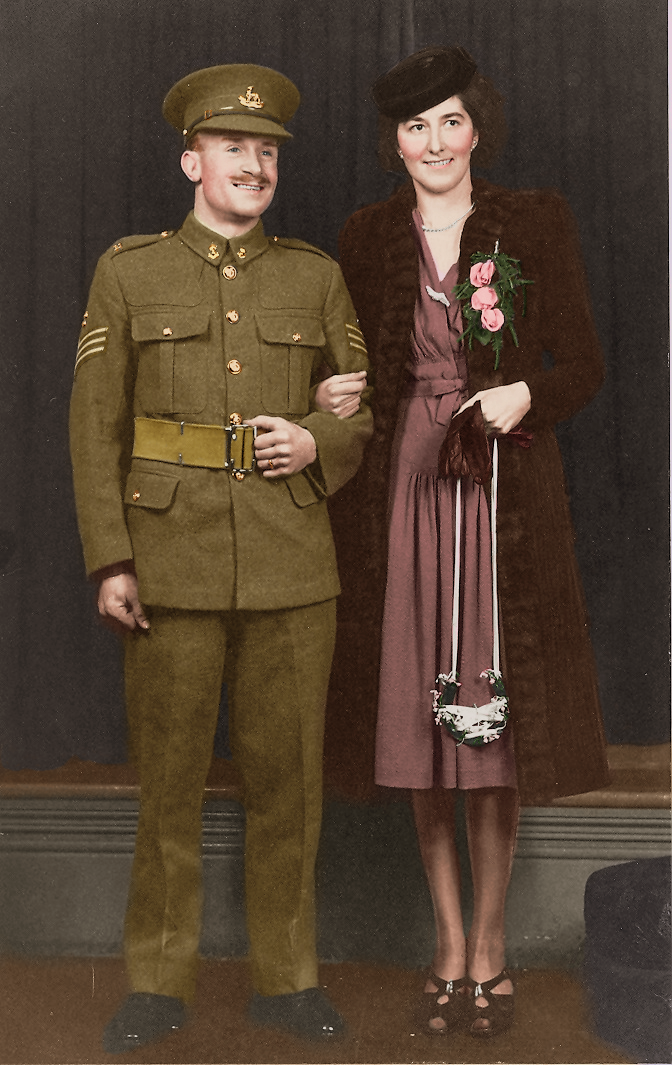
The transformation is remarkable, wouldn’t you agree?
At about the time that I received the picture I noticed some talk on Twitter about apps you can use to colourise photos (with mixed quality results). I decided to find out more from colourisation artist, Claudia D’Souza, about the colourisation process when "done properly". This is what she told me:
“There is a huge difference between an app colourisation and a “hand” colourisation… [your photo took] at least 4 to 5 hours. The way it works is I paint over each shade using transparent colours and personally I blend with my fingers in between. I aim for a very natural look and also for the photo to still look it’s age, and not a reenactment . To achieve these different shades and different opacities are applied. Just the flesh will have a minimum of 5 different layers of colours again at different opacities the grayscale only tells you if it was a dark colour or a light colour. So unless the client tells me what the colours were, I will base the choice on research of the time and place the photo was taken and what was common at the time. Obviously that will never guarantee the colours are the real ones but they will be an historically accurate representation of what could have been. With military photos, it is different: there are vast records of uniform colours, also military records will often give the complexion, eye and hair colour of the person.
When I don’t know the eye, hair and complexion, I base it on their origin, descendants and physiognomy. The more detail and people a photo has, the longer it takes… I will not make the skin tone the same on 2 people because it will make the photo look fake. The apps are good to have a faint idea and their results vary a lot. A colour artist work is for special photos that you may want to display keep for future generations.”
I think that’s the important distinction. This is a keepsake for future generations. In fact, I decided that I liked the results so much I commissioned the same work on a wedding photo for my other set of grandparents: from this:
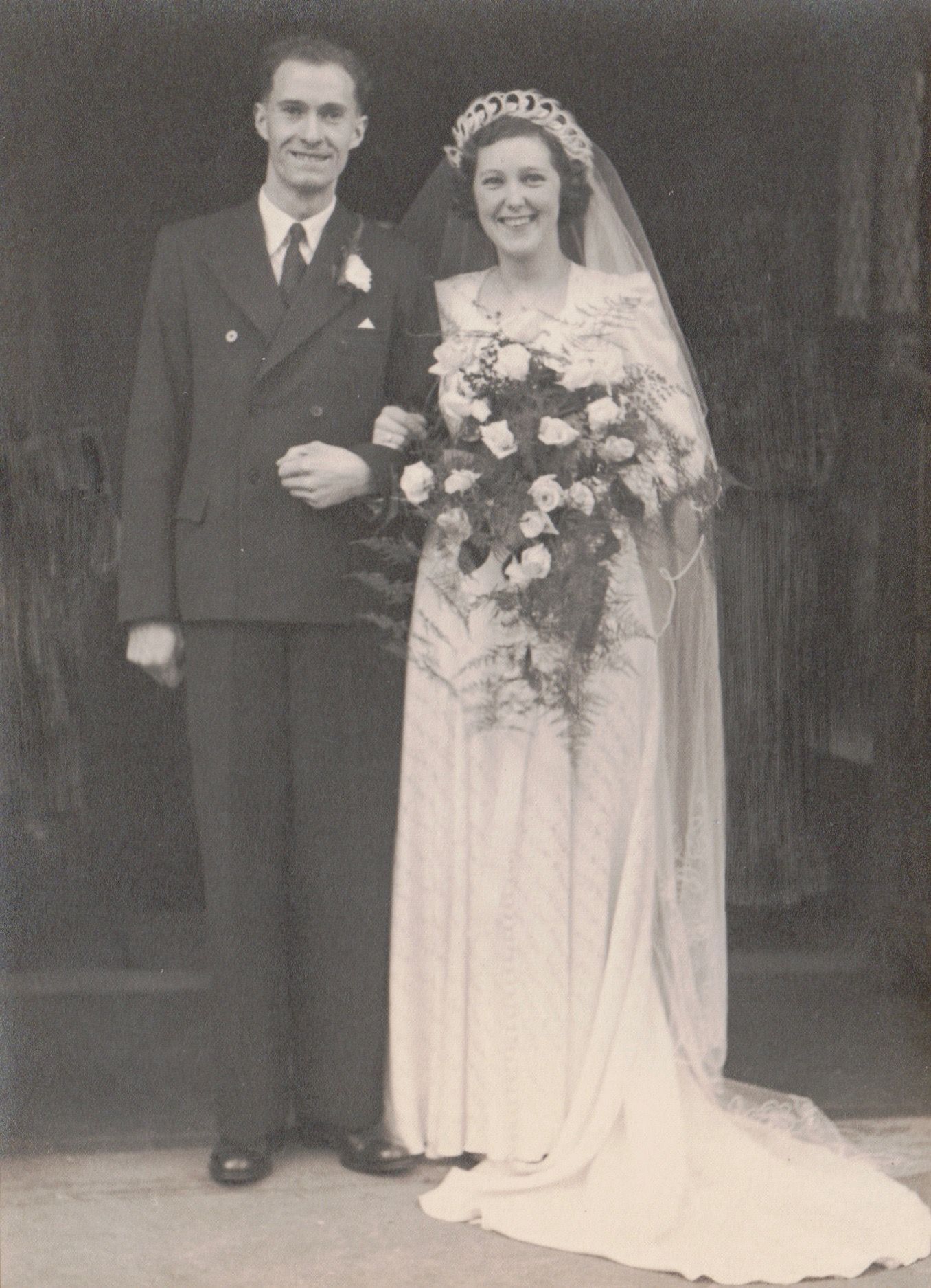
to this:
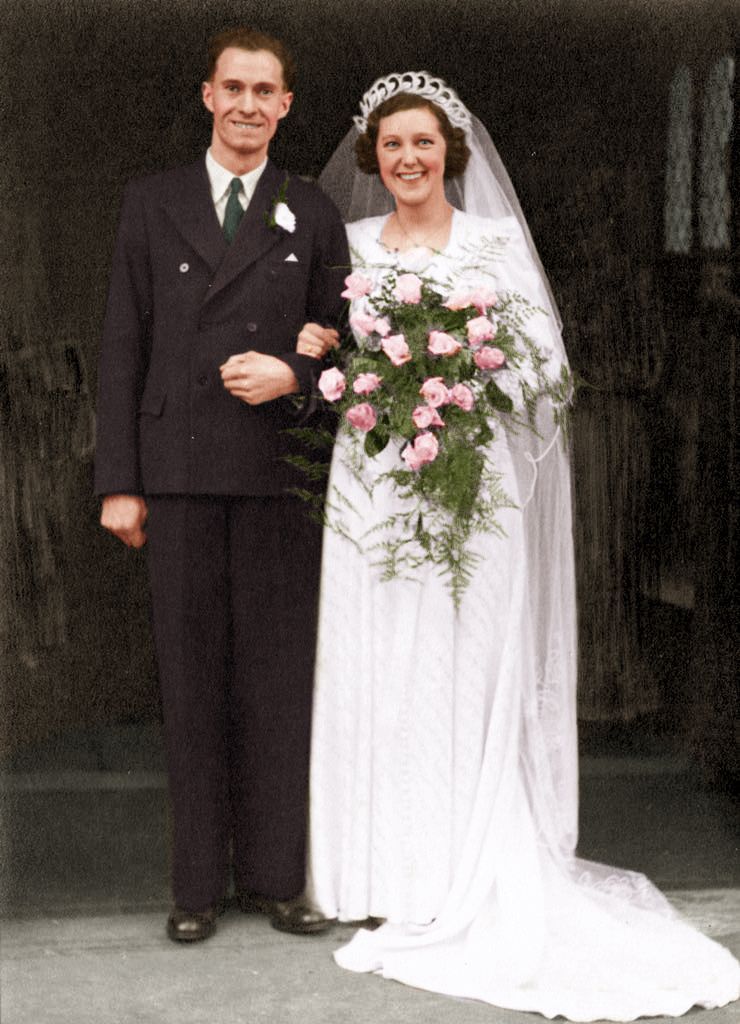
I’m sure you agree: the colourisation of these photographs really bring them to life.
If you want to have a photograph of your own colourised, visit
Claudia’s website.

